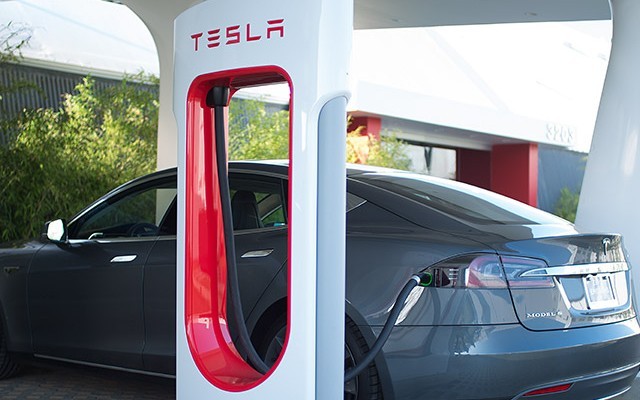
According to the Financial Times, Nissan and BMW are looking to co-operate with Tesla on EV charging networks and technology.
The reports come on the heels of Tesla CEO Elon Musk announcing his company would turn its entire patent library open source. Making Tesla plans, technology and schematics open to anyone who wants to use them ‘in good faith’ is Musk’s way of advancing EV technology and ownership.
According to Musk, Nissan and BMW are keen to enter into a joint agreement to build and maintain charging networks that Tesla, BMW, and Nissan owners could use. Top BMW executives traveled to Palo Alto the day before Tesla’s monumental announcement to discuss how they could work more closely together.
“We talked about potential ways to collaborate and one of them was on the Supercharging network,” Musk said on Thursday last week. “We’re more than happy for others to use our Supercharger network or to build and install them and then have some sort of cross-use agreement.”
While neither Nissan nor BMW wish to officially state their plans, the companies’ trilateral talks could indicate. Both Nissan and BMW both use 50 kilowatt direct current methods, capable of recharging an average electric car battery pack from empty to 80 per cent full in around 30 minutes.
Nissan currently favors CHAdeMO Quick Charging — but it’s limited to 62.5 kW maximum power — while BMW favors the German-derived Combined Quick Charge standard. While both protocols charge at the same rate they are physically incompatible with one another due to different connectors. But, Musk laid down criteria for cooperation that scuttles both of those standards.
“It has to be able to charge at high speed — at least 135 kilowatt level — so that people have the convenience of high speed charging,” he said. “And then there’s some reasonable cost share proportionate to the respective vehicle fleets.”
That pretty much narrows the game to Tesla’s own fast-charging record. Further, Tesla’s modular Supercharger design and multiple stalls per location means that a Supercharger site can continue to operate — even at reduced capacity or lower power — if there’s a fault.
